Strombolian activity with brief but violent lava fountains at Etna volcano, Italy
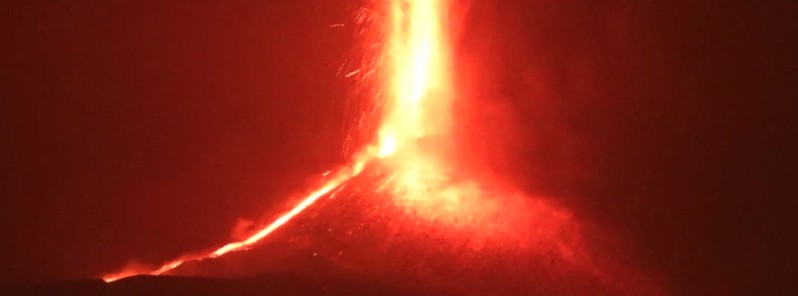
Strombolian activity continues at Etna volcano, Italy, with brief but violent lava fountaining episodes occurring approximately every 1 – 2 days. Over the past 2 days, the Aviation Color Code was raised to Red 2 times — at 18:52 UTC on June 19 and 22:01 UTC on June 20.
A sudden increase in strombolian activity was observed at 21:53 UTC on June 20, with volcanic material falling on the external side of the Southeast Crater. This activity evolved into a lava fountaining episode (paroxysm) at 22:15 UTC accompanied by lava overflow toward the SW.
Explosive activity ceased by 00:14 UTC on June 21 but lava flow in the SW direction continued.
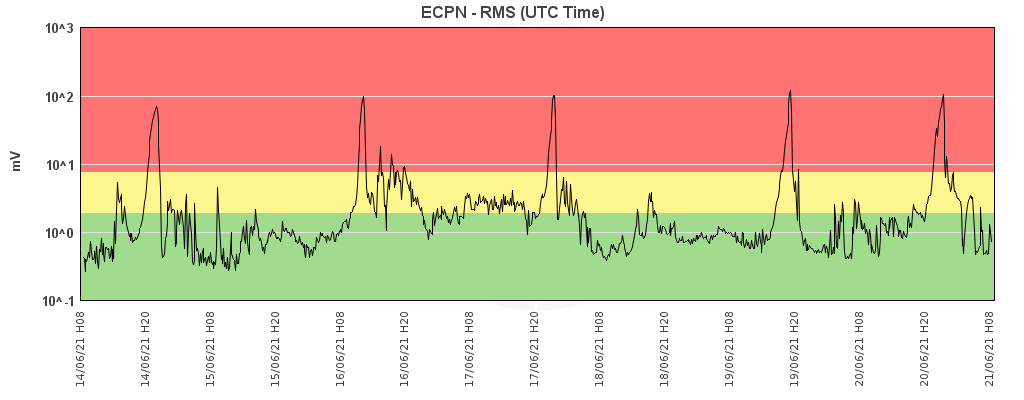
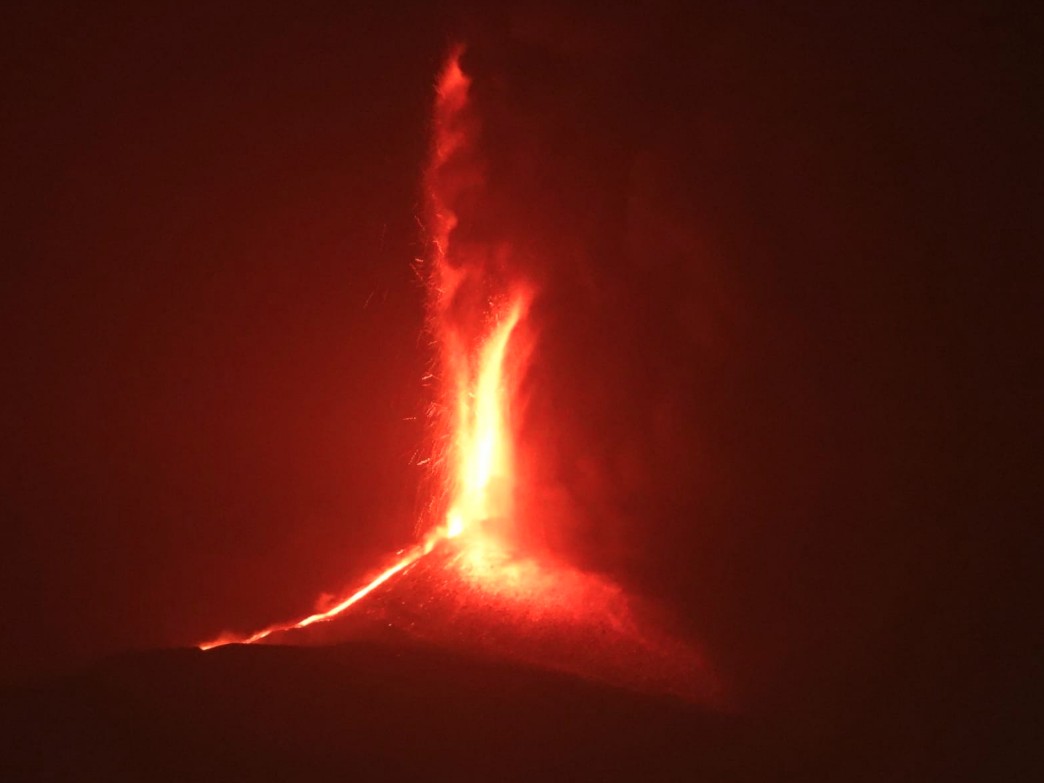
Paroxysm at Etna on June 20, 2021. Credit: INGV-OE
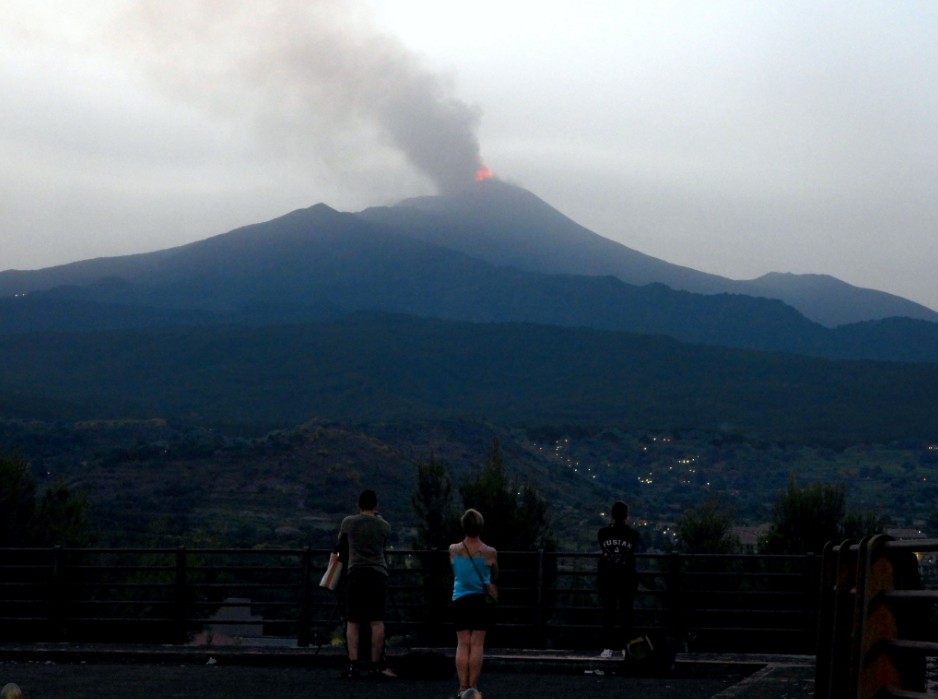
Etna on June 19, 2021. Credit: INGV/Boris Behncke
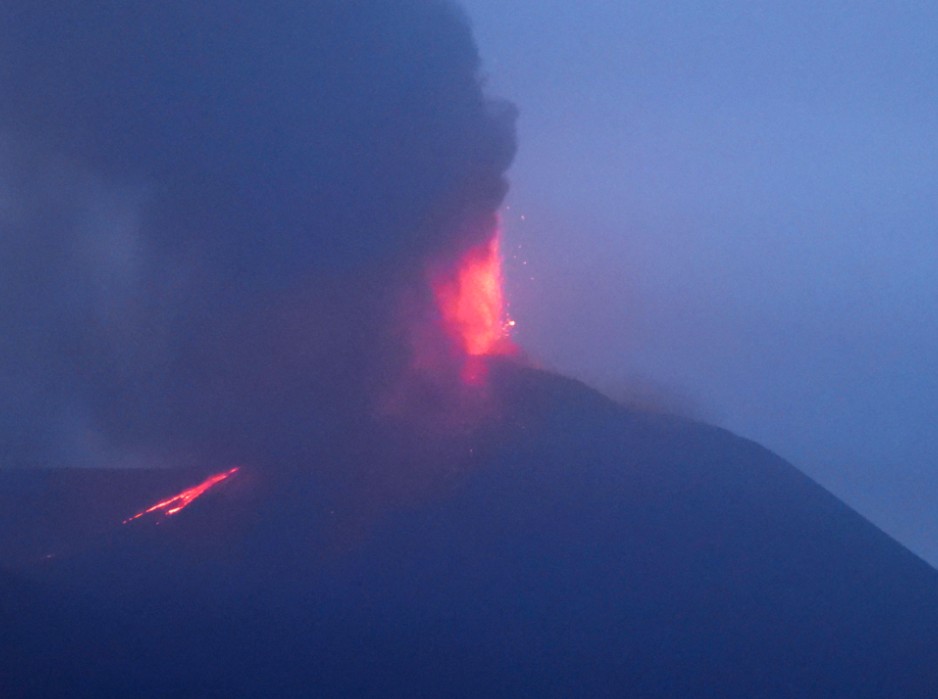
Etna on June 19, 2021. Credit: INGV/Boris Behncke
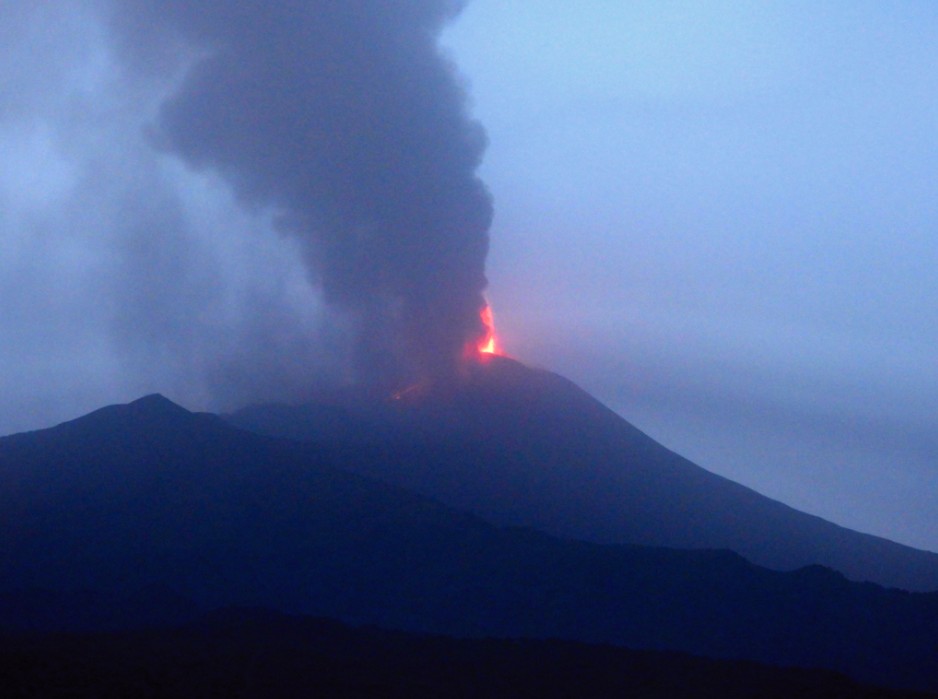
Etna on June 19, 2021. Credit: INGV/Boris Behncke
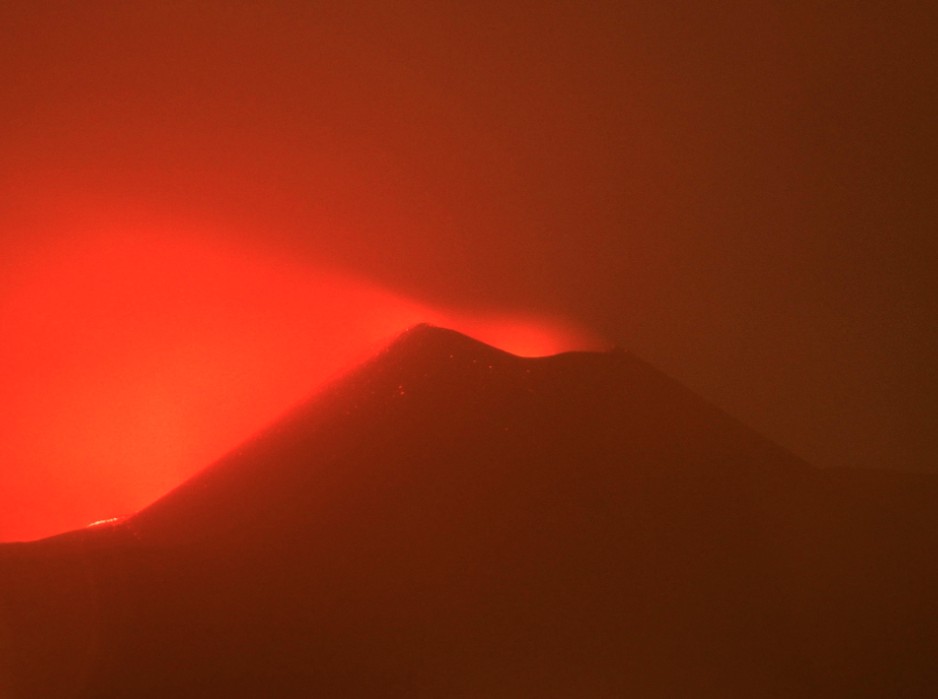
Etna on June 19, 2021. Credit: INGV/Boris Behncke
Geological summary
Mount Etna, towering above Catania, Sicily's second-largest city, has one of the world's longest documented records of historical volcanism, dating back to 1500 BCE.
Historical lava flows of basaltic composition cover much of the surface of this massive volcano, whose edifice is the highest and most voluminous in Italy.
The Mongibello stratovolcano, truncated by several small calderas, was constructed during the late Pleistocene and Holocene over an older shield volcano. The most prominent morphological feature of Etna is the Valle del Bove, a 5 x 10 km (5.1 x 6.2 miles) horseshoe-shaped caldera open to the east.
Two styles of eruptive activity typically occur at Etna. Persistent explosive eruptions, sometimes with minor lava emissions, take place from one or more of the three prominent summit craters, the Central Crater, NE Crater, and SE Crater (the latter formed in 1978).
Flank vents, typically with higher effusion rates, are less frequently active and originate from fissures that open progressively downward from near the summit (usually accompanied by strombolian eruptions at the upper end).
Cinder cones are commonly constructed over the vents of lower-flank lava flows. Lava flows extend to the foot of the volcano on all sides and have reached the sea over a broad area on the SE flank. (GVP)
Featured image: Etna volcano on June 20, 2021. Credit: INGV-OE

Commenting rules and guidelines
We value the thoughts and opinions of our readers and welcome healthy discussions on our website. In order to maintain a respectful and positive community, we ask that all commenters follow these rules.